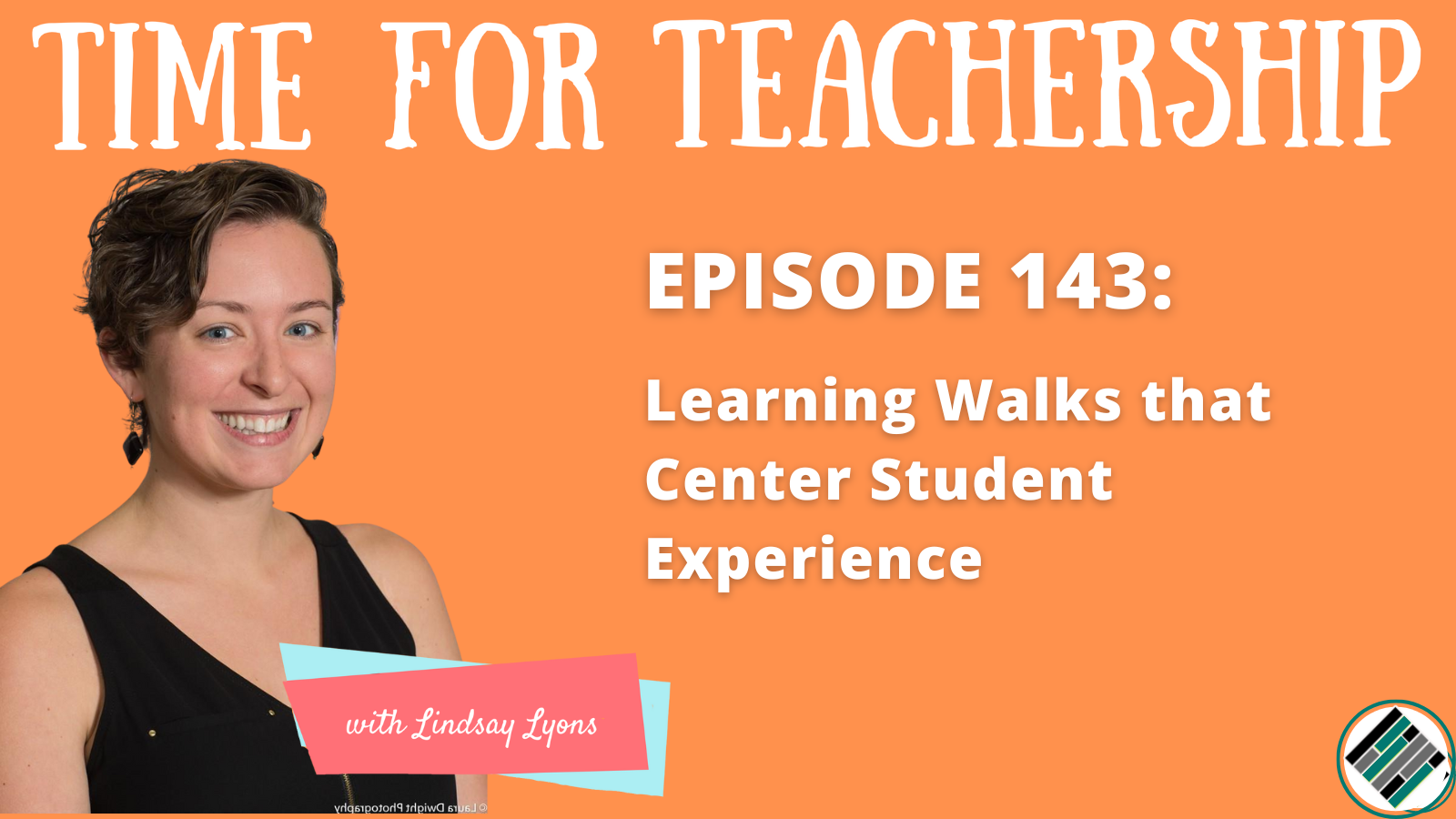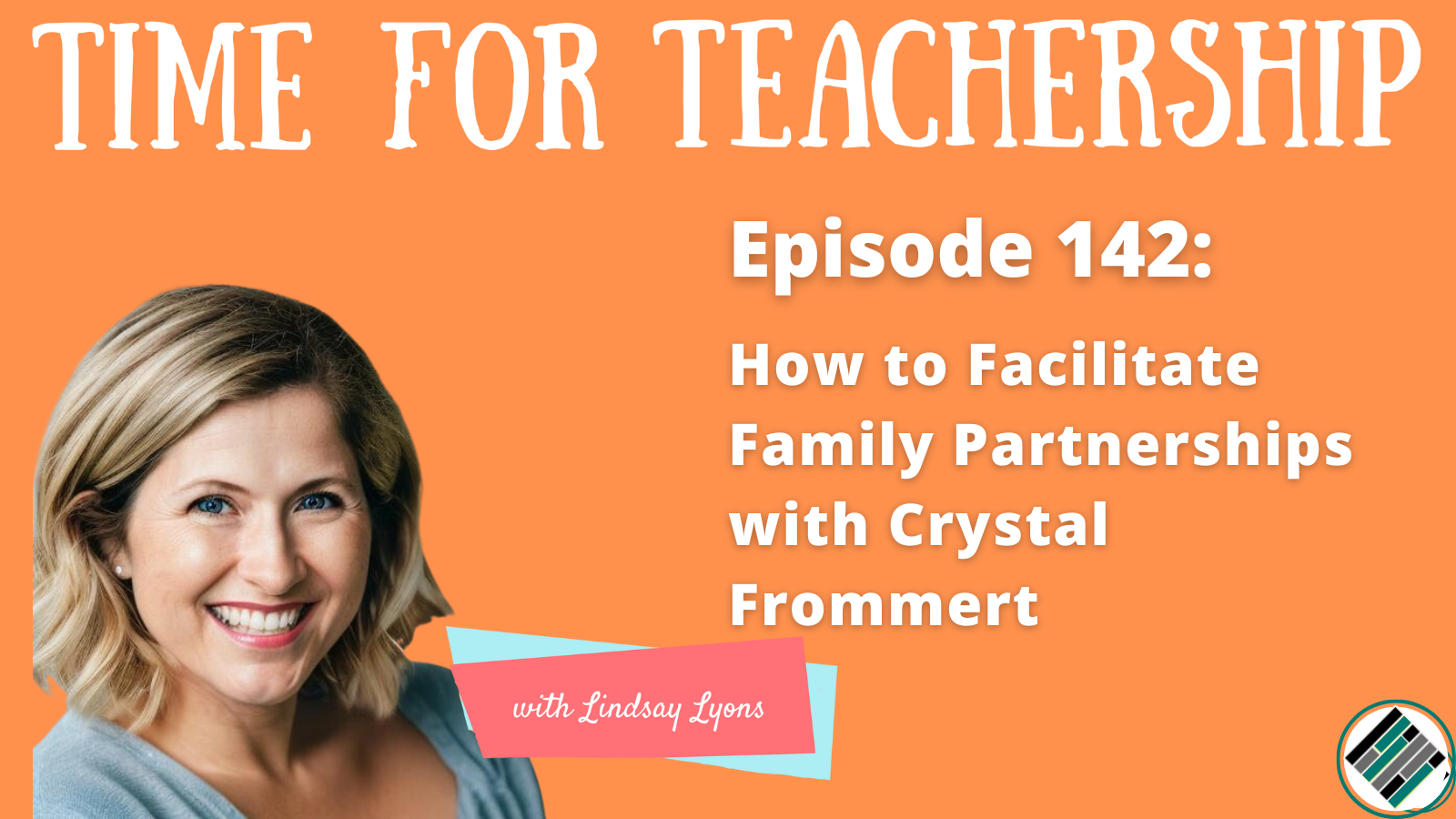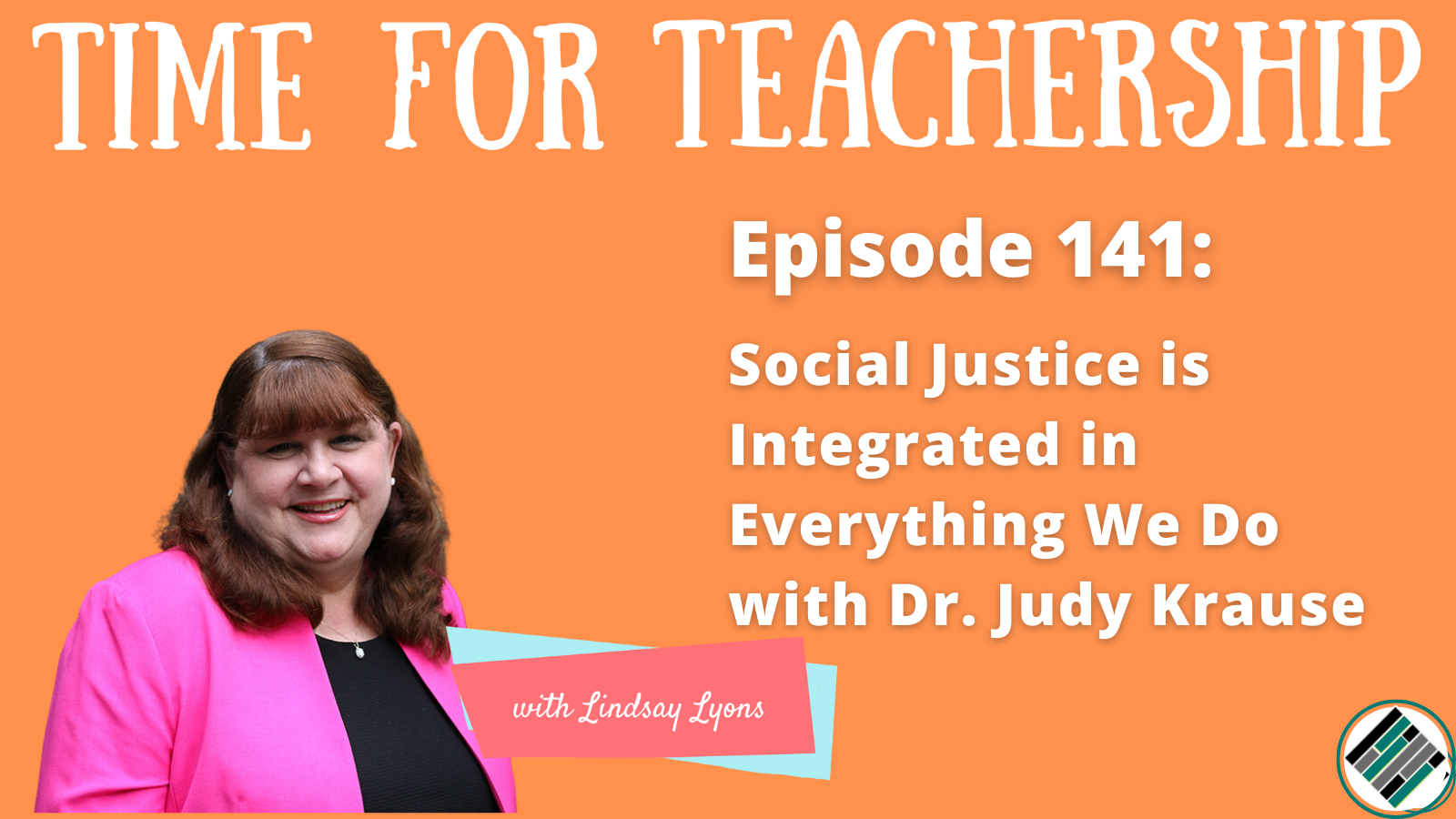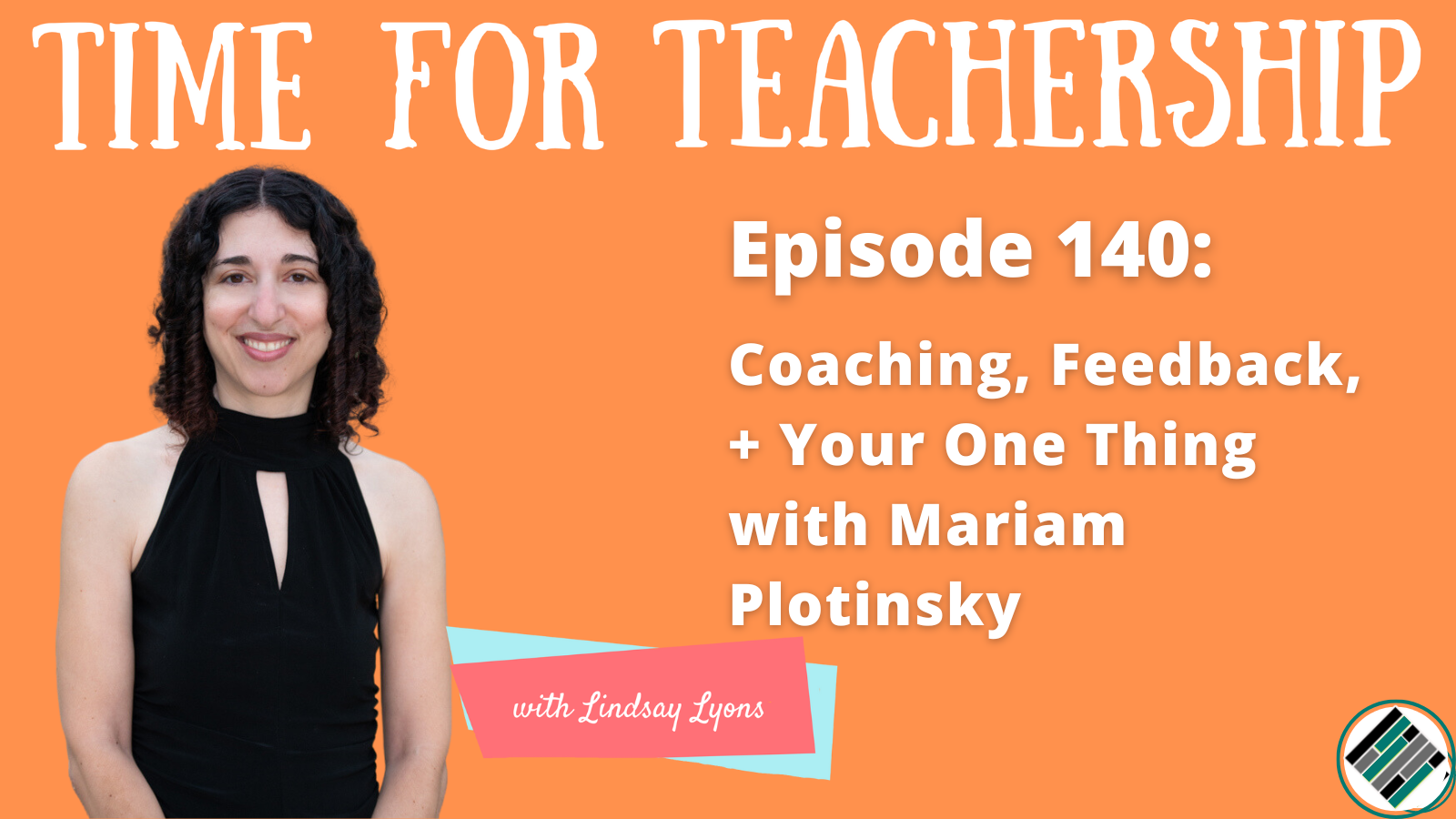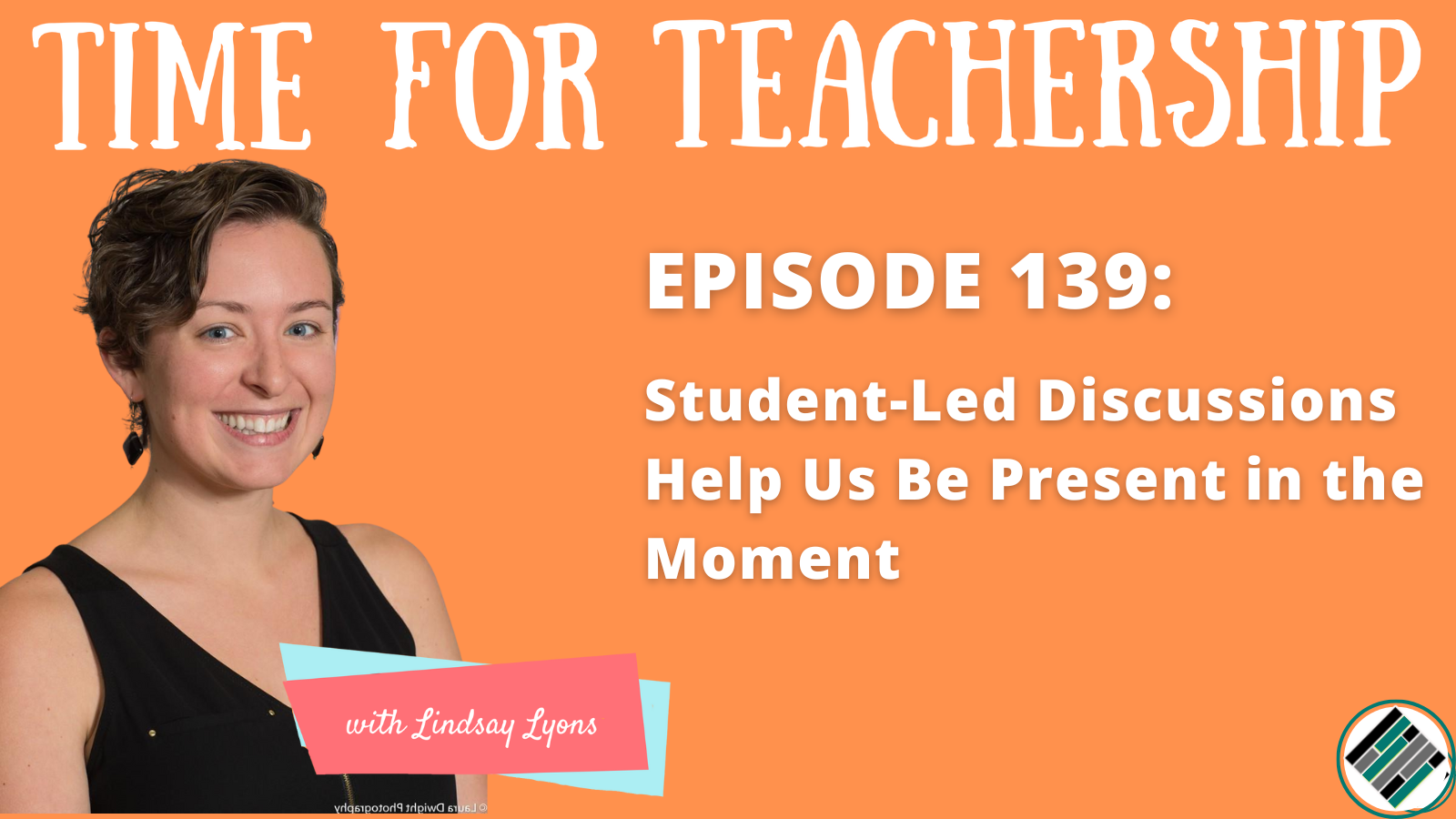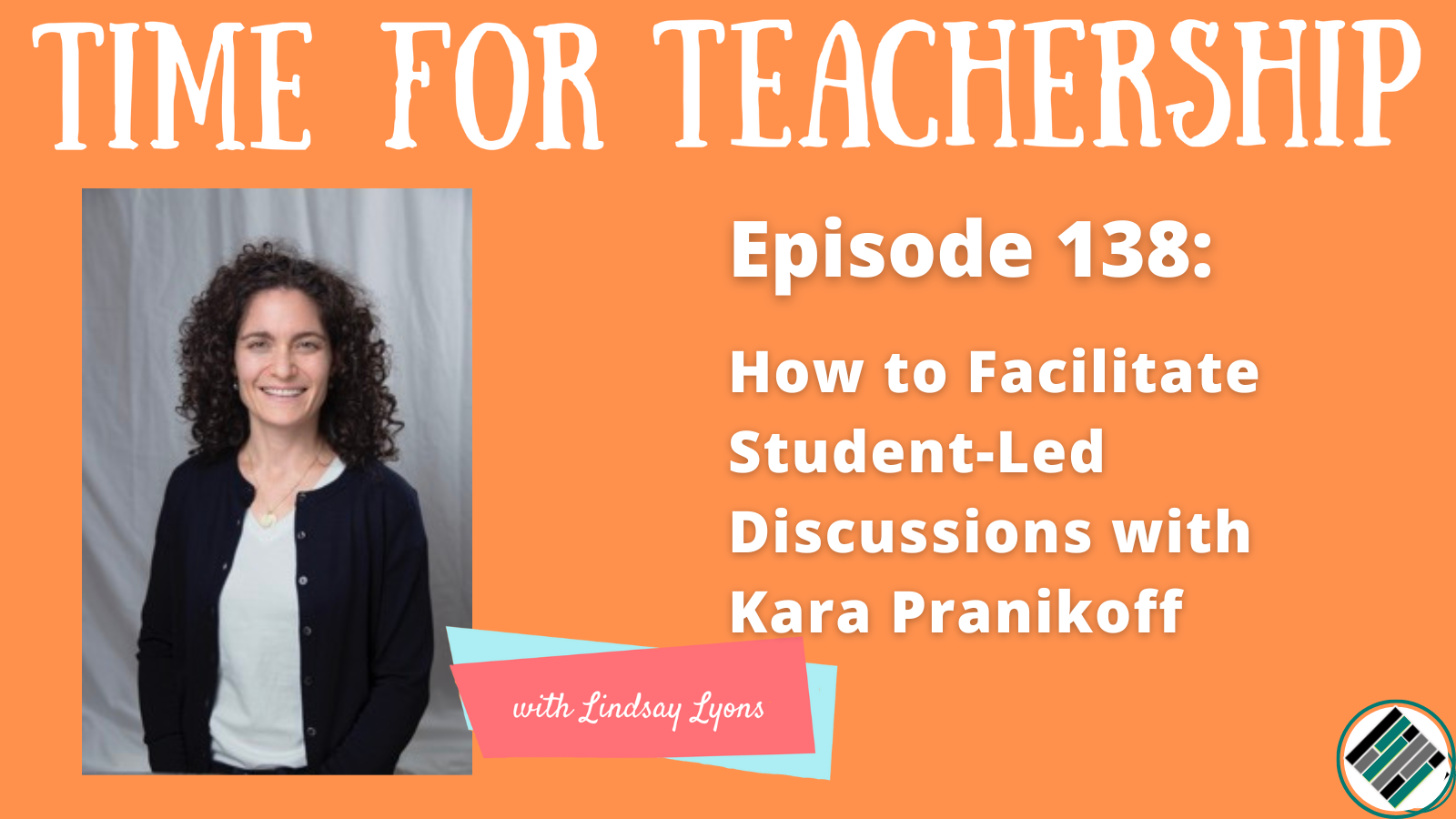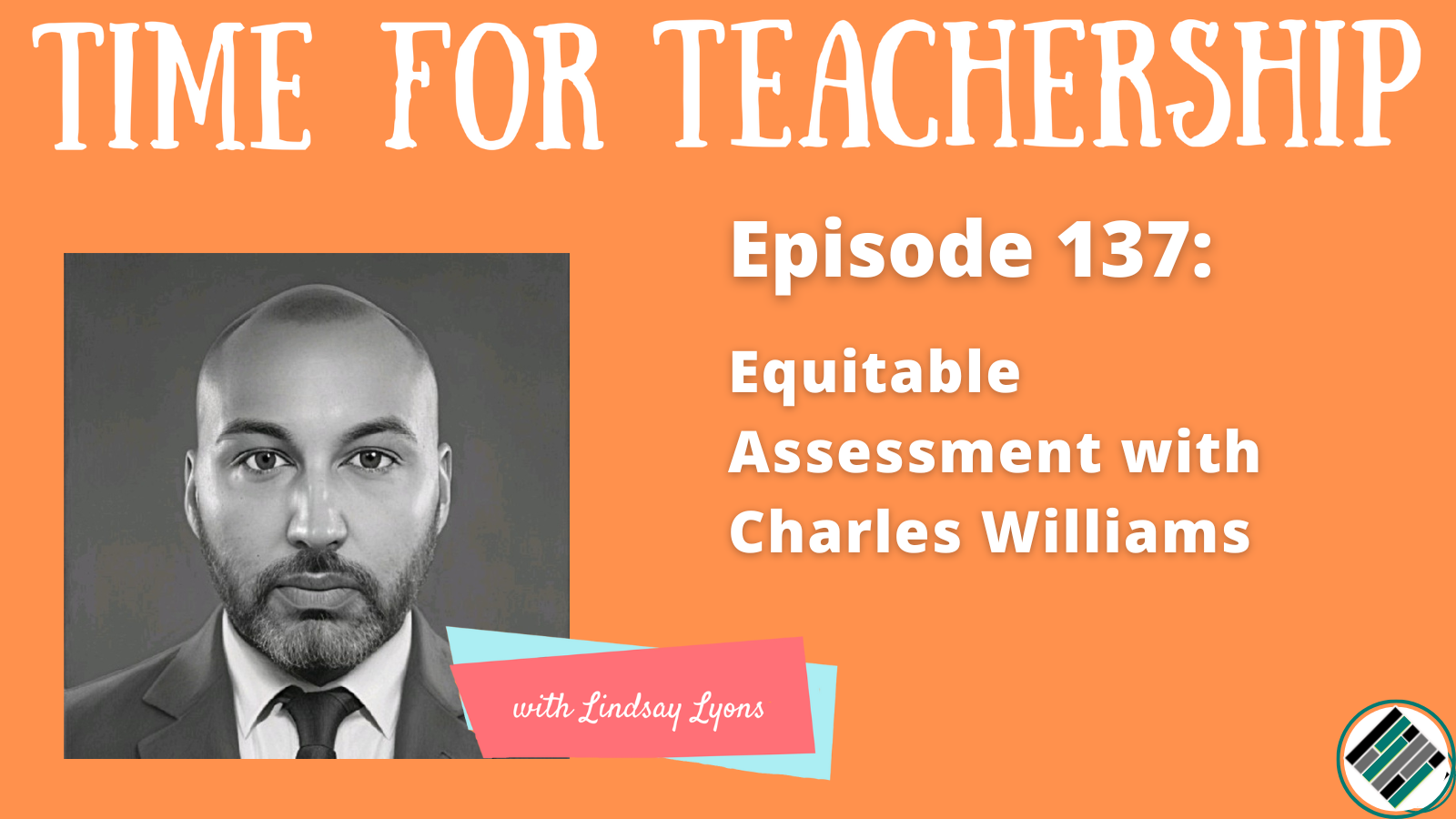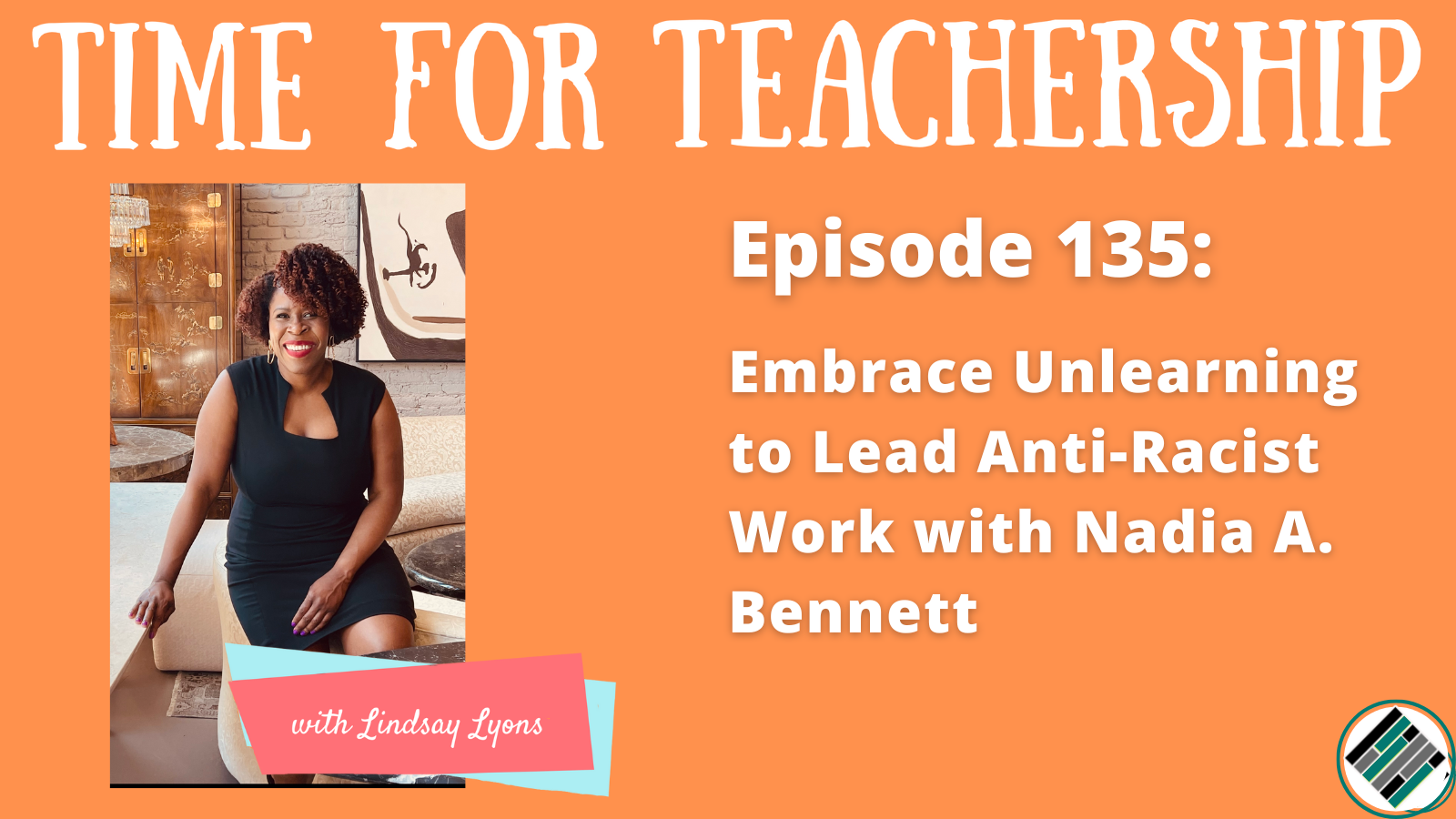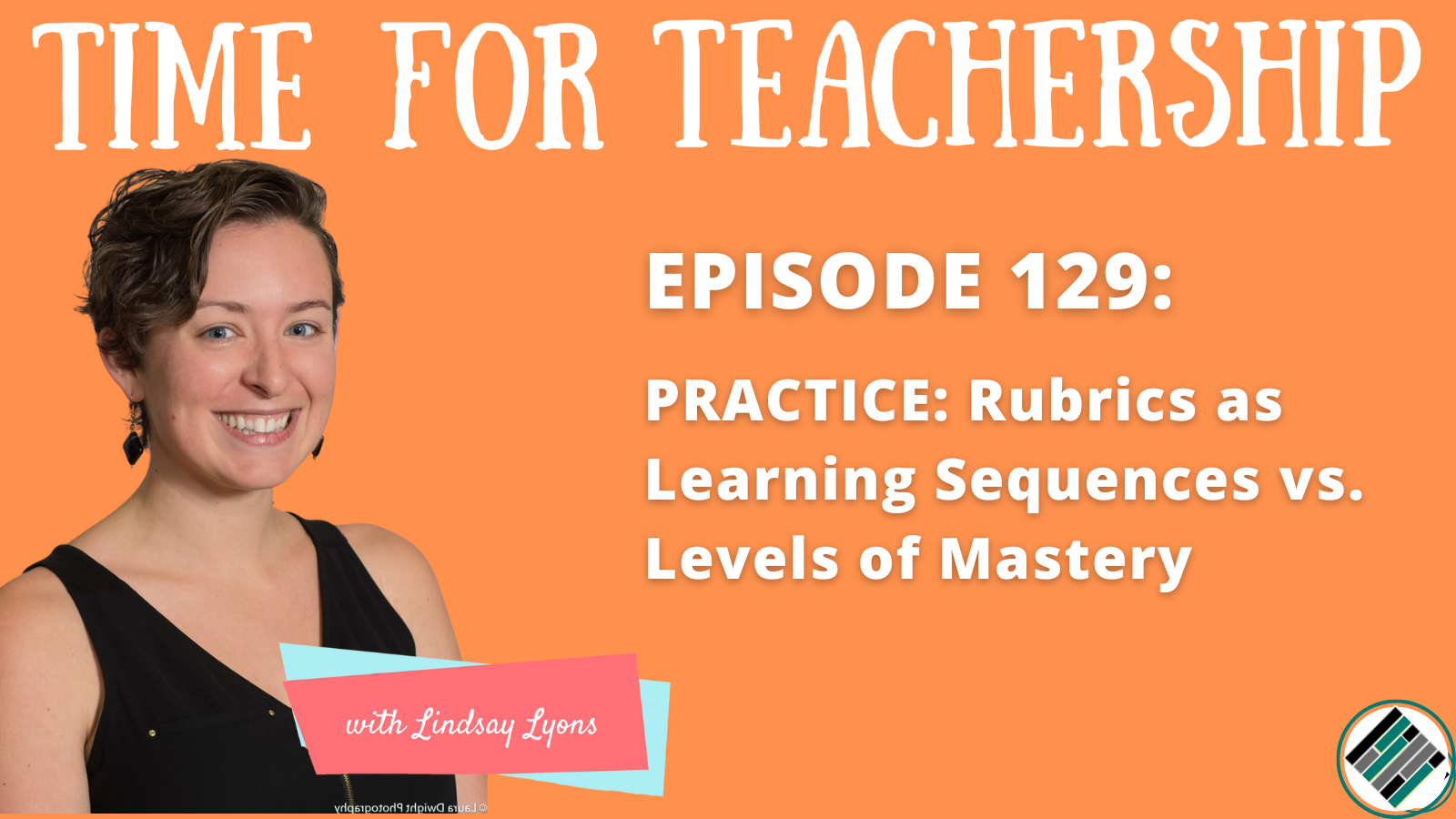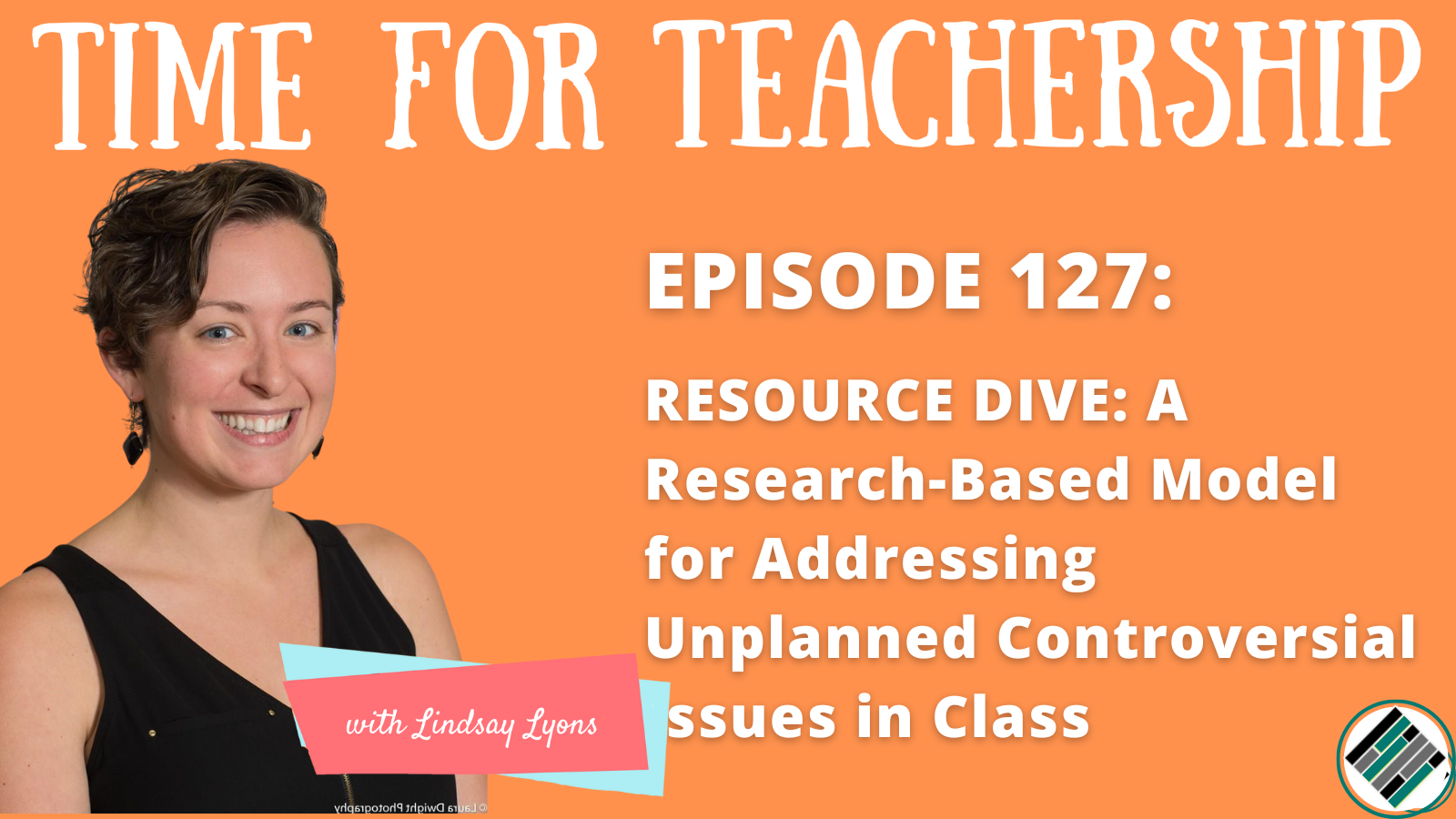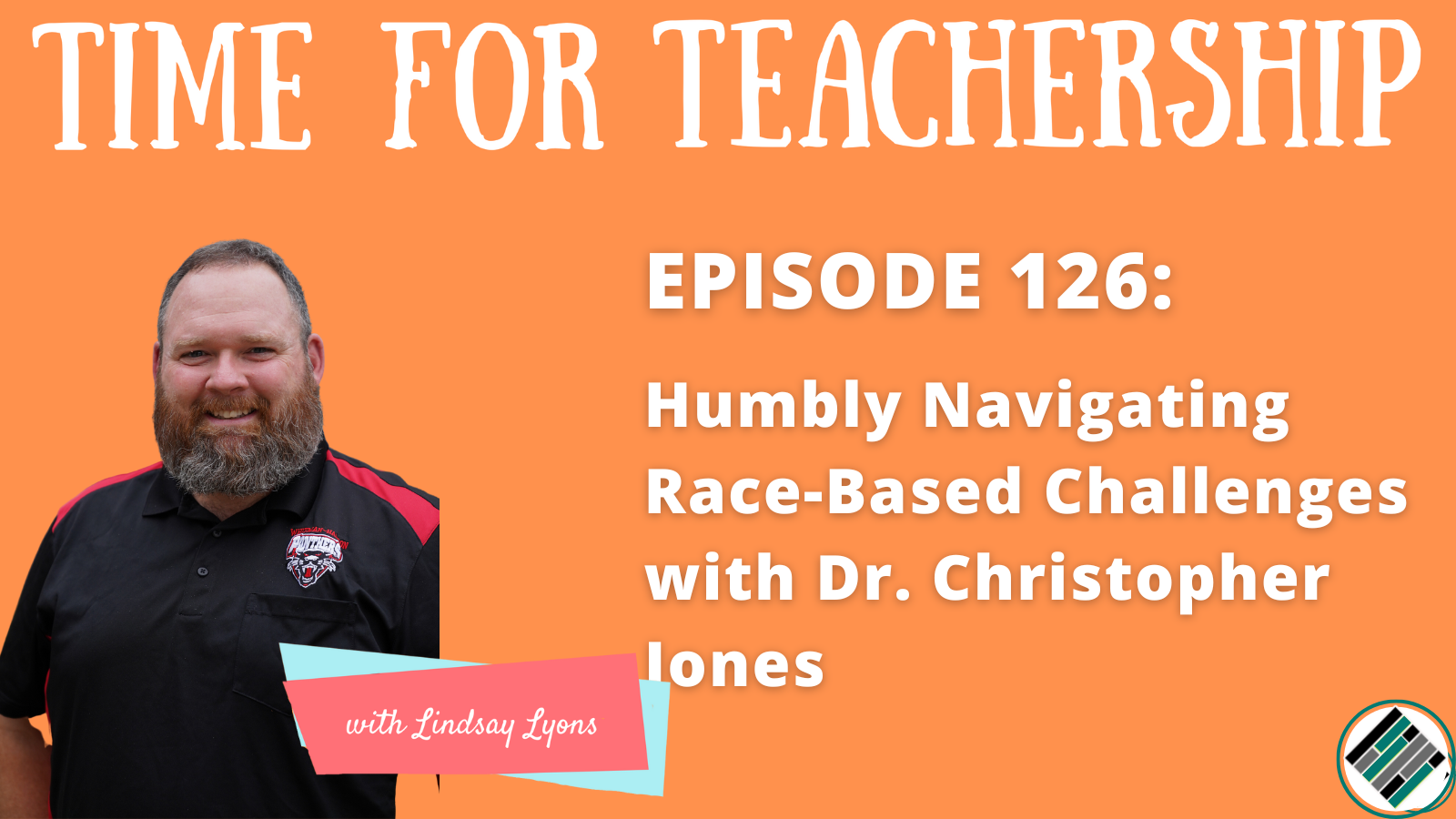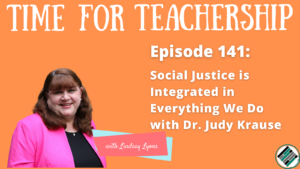
In this podcast episode, Dr. Judy Krause explores the principles and implementation of anti-bias education. She discusses the four core goals of anti-bias education, how Pacific Oaks classrooms handle bullying and racism, and the importance of empowering students to be active participants in their learning. She also discusses the support structures that enable teachers to do this work well such as regular team meetings and PLC time and the director’s open door policy, which foster collaboration and help address challenges encountered in implementing anti-bias education.
Dr. Judy Krause serves as Associate Dean and Program Director for the Doctor of Education in ECE program in the School of Human Development & Education at Pacific Oaks College. Her research focuses on developmentally and culturally appropriate pedagogy. In this episode, Judy tells us about Pacific Oaks’ four core goals and how they tackle challenging subjects like bullying and racism in age-appropriate ways.
The Big Dream
Judy’s dream is to carry on the legacy of the “PO giants” who founded Pacific Oaks 80 years ago, using their values of social justice, inclusivity, diversity, and respect. This involves instilling an understanding of “what’s right and fair” in children and young adults and fostering a safe and inclusive learning environment through collaboration and support among educators.
Alignment to the 4 Stages: Mindset, Pedagogy, Assessment, and Content
The four goals of anti-bias education are identity, diversity, recognizing what’s right and fair, and advocating for what’s right and fair. These goals are integrated into every aspect of Pacific Oaks’ curriculum and instruction, ensuring that students develop a strong sense of self, an appreciation for the diversity of others, and the ability to stand up for justice and fairness.
This could look like:
Students “talking about something maybe that they saw in the news. Kids see a lot and hear a lot that we don’t realize that they’re hearing.”
“If a child is seeing another child being bullied, being able to stand up for that child that’s being bullied. It could be something as simple as that.”
Mindset Shifts Required
To successfully implement anti-bias education, educators must first have a genuine desire to promote inclusivity, diversity, and respect. This mindset shift can be achieved by seeking out education and resources, such as Pacific Oaks’ anti-bias symposiums, which provide valuable insights and inspiration for creating a more just and inclusive learning environment.
Challenges
One potential challenge is resistance from teachers, parents, or community members who may not share the same commitment to social justice and inclusivity. In these cases, Pacific Oaks stands firm in the values of anti-bias education and continues to provide support and resources for those who are interested in making meaningful changes.
Judy shared, “Whenever you’re going to do change, it has to come from within. So if you have a teacher who really doesn’t believe in inclusivity and diversity and respect or social justice, if that’s something that they don’t really believe within and that doesn’t resound in them, you’re not going to get a mindset change.”
Action Steps
What might it look like to bring the four listed goals to life in your school or district?
Step 1: Start with small, manageable changes, such as incorporating more diverse books and materials into the classroom or discussing current events in age-appropriate ways. Start with the first two goals (identity and diversity) and then move to the third and fourth (recognizing what’s right and fair, and advocating for what’s right and fair).
Step 2: Foster collaboration and support among educators by creating opportunities for regular discussions, feedback, and problem-solving related to anti-bias education. At Pacific Oaks, teachers have weekly team meetings on Fridays and also monthly Curriculum Depth Study Group meetings.
Step 3: Engage parents and families in the conversation through town hall meetings, book clubs, and other educational events focused on social justice and inclusivity.
One Step to Get Started
To begin incorporating anti-bias education into your classroom or school, start by exploring resources like Pacific Oaks’ anti-bias symposiums, the Social Justice Books website, and articles on anti-bias education. These resources can help you gain a deeper understanding of the principles and practices of anti-bias education and inspire you to take small but significant steps towards creating a more just and inclusive learning environment.
Stay Connected
You can find Dr. Krause on LinkedIn. You can learn more about the Pacific Oaks school on their website.
Additional Links:
The Invisible Classroom: Relationships, Neuroscience & Mindfulness in School by Kirke Olsen
Pacific Oaks’ Anti-Bias Resource Page (not mentioned in the episode, but hosted by PO’s library)
To help you implement the ideas we talked about today, Judy is sharing all of the past Pacific Oaks Anti-Bias Education Symposium videos with you for free! And, if you’re looking for more details on the ideas in this blog post, listen to episode 141 of the Time for Teachership podcast. If you’re unable to listen or you prefer to read the full episode, you can find the transcript here.
Quotes:
- “This isn’t like a separate part of a curriculum or a curriculum topic like math or science. It’s something that’s integrated in every single thing that you do every single day.”
- “They could be talking about something maybe that they saw in the news. Kids see a lot and hear a lot that we don’t realize that they’re hearing.” “I have spoken with so many because we’ve been around for 80 years, so I’ve spoken to so many alum alum from the Children’s School, alum from the college who have taken this foundation with them in everything that they do…it’s more than just saying, hey, we want you to go, take a stand for all of these injustices in the world. It starts with you and what’s around you in your immediate community.”

